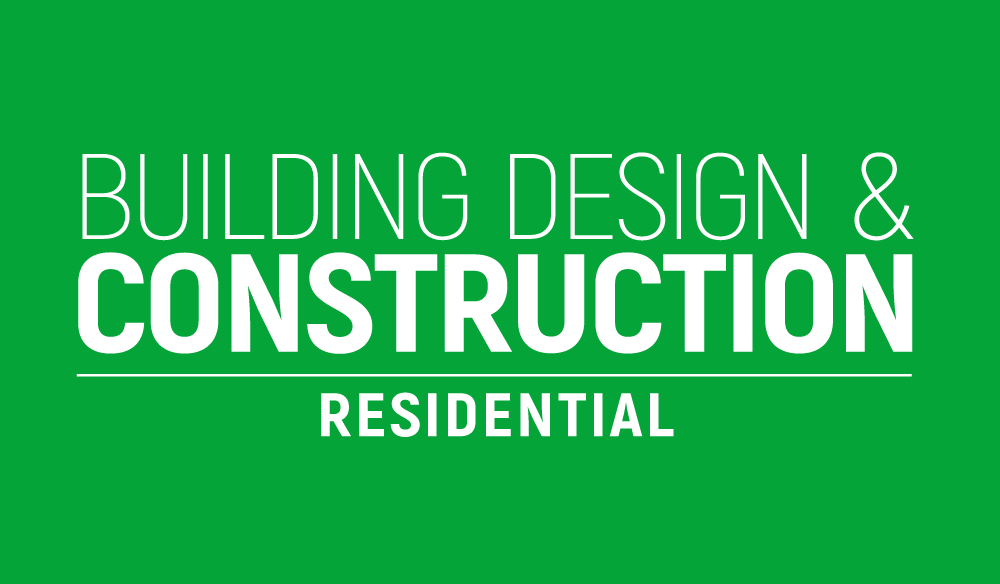In the standard retail market, arguably the single, biggest difference between buying from a business and buying from an individual is that you have a much higher degree of legal protection in the former situation. Goods sold by companies have to be “fit for purpose” whereas goods sold by private sellers only have to be “as described”.
The residential property market, however, is a bit of an exception to his rule of thumb. Even private sellers are legally obligated to disclose any facts about their property which might negatively impact the sale and buyers can take legal action against them if the seller misrepresents the property. The same holds true of the new-build property market, in theory, in practice the situation can be a little more complicated.
New-build and the dangers of having to use your imagination
When you buy an existing house, it is standard practice to visit the property yourself in order to assess it firsthand. Astute sellers will, of course, do everything they can to make their home look as attractive as possible, but they can only work within the constraints of what the building actually allows, which provides a built-in safeguard against active misrepresentation.
When you buy a new-build property investment in the UK, however, the situation can be rather different, especially if you buy it before it is even completed, in which case you have to rely on visual and textual descriptions of very fundamental characteristics such as dimensions and the nature of fixtures and fittings. Even if you buy a new-build after completion, you may not be in a great position to appreciate its real-world characteristics. If it has been staged as a show-home then there is a distinct possibility the furniture may have been scaled-down in size to make rooms seem bigger than they are and if it’s an empty shell then, again, the openness of the space may trick your mind into thinking that it is bigger than the written dimensions suggest.
You may also be under pressure to use companies recommended by the developer for financing and/or conveyancing. For the sake of clarity, there are many good reasons why developers may wish you to do this and most revolve around the fact that, while you are only buying one property, they may well be selling many properties and it is therefore easier and more efficient for them to deal with one company so that, for example, they only have to answer any given question once. At the same time, however, it has to be said that this situation can lead to buyers not fully understanding the terms of the legally-binding agreement they are signing and then later discovering nasty surprises in the terms of their leasehold.
Resolving complaints about new-build property can be a complex process
Generally speaking, any complaints about a new-build property should be addressed to the developer in first instance, but if the developer fails to offer an acceptable resolution, buyers may be left struggling to decide how to proceed or, indeed, if it is emotionally and financially worthwhile for them to proceed. Although the UK has two property-related redress services (the Property Ombudsman and the Property Redress Scheme) neither of these has the authority to address complaints against the developers of new-build properties. This means that buyers of new-build homes have no recourse to an independent, free-to-use ombudsman services, even though such services have proved very successful in other areas (such as finance and energy). The Property Ombudsman has therefore called for the government to address this situation and to bring new-build homes under the remit of a competent ombudsman service.





